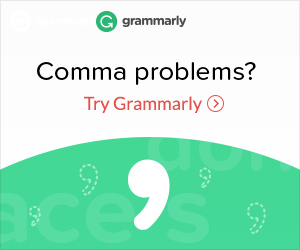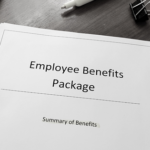One of the largest studies on the effectiveness of workplace interventions to be more inclusive of those with disabilities concluded that, so far, such interventions haven’t been very successful.
The paper “Evidence-Based Interventions for Increasing Work Participation for Persons With Various Disabilities” from the MGH Institute of Health Professions in Boston, MA, USA concluded that in the 26 years since America introduced inclusion laws only 34% of people with disabilities had found work.

Why Is This A Problem?
Well, the folks at Accenture took a deep dive into this and their research found something shocking. Companies that are led by executives that work to include people with disabilities outperform their peers.
And those performance increases? They weren’t negligible, either. In fact, they found that these companies saw, on average, 2.9 times as many sales and that their profits were 4.1 times higher than companies that didn’t include people with disabilities.
That’s a lot of money being left on the table. And the picture here in Australia is similar.
Research from The University of Melbourne, Improving Access and Inclusion in Employment for People with Disabilities, found that only 53% of Australians with disabilities can participate in the workforce at all.
They also showed that this level of participation has been static for a period of “decades”. Yes, despite all the lip service paid to inclusion in this country, people with disabilities seem to have been left behind.
What Can Be Done About This?
Well, the good news is that if you want your company to benefit from those sweet bottom-line benefits of being more inclusive of people with disabilities – you can do so and no, it won’t cost you a fortune.
Here are some simple tips to ensure your interventions are more successful in future:
- Develop both formal and informal processes for making adjustments – some people love to fill in forms to point out issues that make it harder for them to participate, while others would shrivel up and die inside if they had to do that. If you make it easy for people to tell you what they need, in any way that makes them feel comfortable, you’ve already won half the battle.
- Learn to get feedback after you’ve made an adjustment – it’s quite incredible but many businesses seem to think that making some sort of change means that a barrier to people with disabilities has been vanquished and never needs thinking of again. You need to talk to the “beneficiaries” of an adjustment, has it worked? If not, why not? If it has, could things be improved at all? This should be easy enough. It’s the kind of process most companies use to engage their clients. Just make it more inclusive.
- Don’t forget the “invisible” disabilities – a wheelchair ramp doesn’t help someone with dyslexia work through written information any more effectively. A person with epilepsy may not be able to drive or operate certain types of machinery. It’s all too easy to forget, overlook or ignore the disabilities you can’t see. Seek out the people with invisible disabilities and get their input too.
- Look to recruitment and interviewing – if you’re wondering why people with disabilities never seem to show up in your office, it’s probably because the recruitment and interviewing process is accidentally excluding them. Review the process, with people with disabilities and make it better.
- Look for managers with a continuous improvement mindset – your managers need to value inclusion but more than that, they need to know that it’s an endless journey of continuous improvement not one of the quick fixes.
Final Thoughts On The Effectiveness Of Inclusion In The Workplace For People With Disabilities
The evidence is clear, employers aren’t doing enough to be inclusive and that is costing them a fortune in sales and profits.
Yet, as you can see from the steps outlined above, including people with disabilities is nowhere near as difficult as you might think it is. So, why not start working on making your workplace a more inclusive workplace, today?























